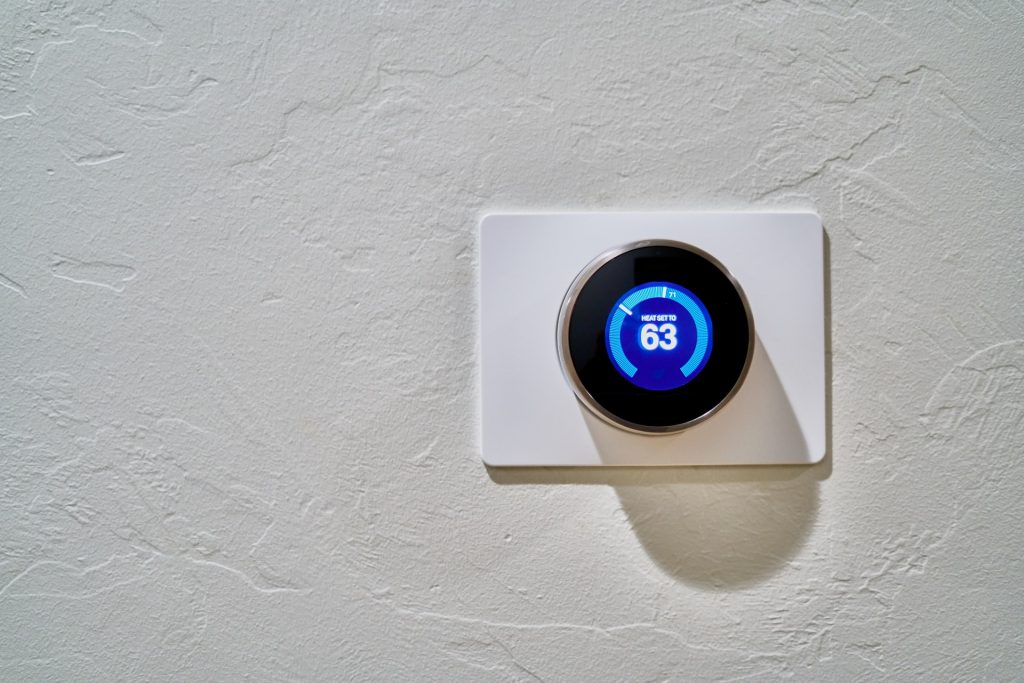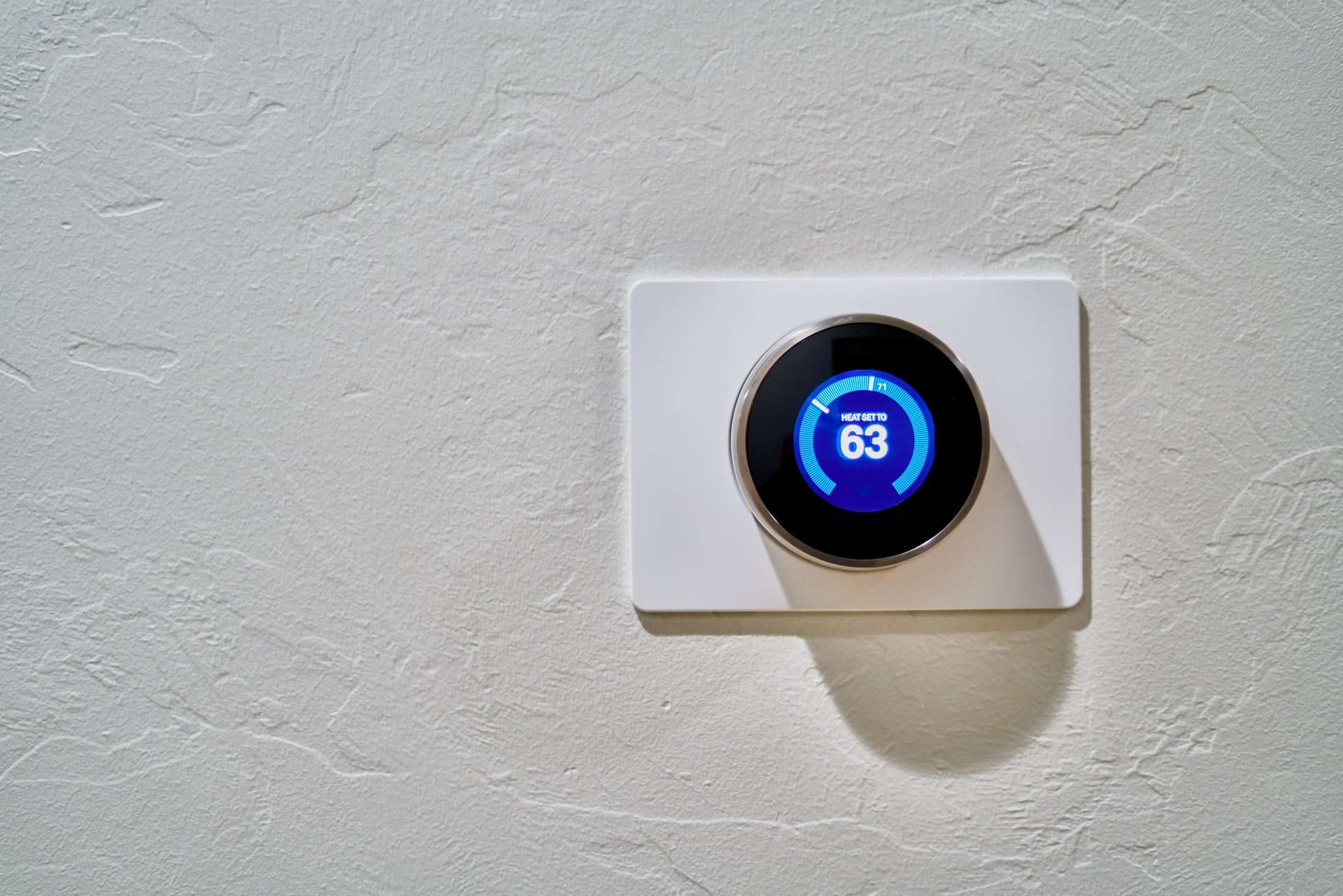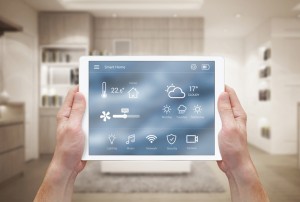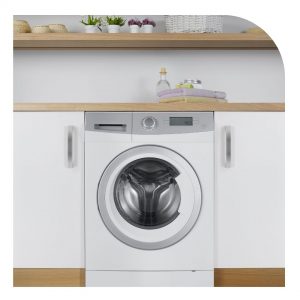
One of the best things you can do during a heatwave is to stay indoors and cool off without having the sun beating down on you. Many people also take advantage of air conditioning and drink as much water as possible.
While those aren’t bad things, they might seem counterproductive if you’re trying to live a more sustainable lifestyle.
While increasing your water and energy use is important to stay cool and healthy during a heatwave, it can also be damaging to our natural resources. So, what can you do? How can you keep yourself cool and comfortable during a heat wave while reducing your water and energy consumption?
Let’s cover a few helpful tips that will make a big difference the next time hot weather rolls into your community.
Get Smart With Your Technology
Smart devices are becoming more popular than ever in homes across the country. About 69% of homes in the U.S. currently have at least one smart device. They make things more convenient, can offer peace of mind, and can even end up helping you save money.
Some smart devices are also great for reducing your energy usage. For example, installing a smart thermostat can help you control the temperature of your home even when you’re not there. You can keep your thermostat higher during the day when no one is home, and have the air kick on an hour or so before you arrive. You won’t be wasting energy all day by letting it run consistently. Smart lighting and blinds will also help you maximize your energy-saving efforts.
However, be aware of the potential risks of smart tech. If you’re going to install any smart home devices, keep yourself safe by:
- Encrypting your home internet connection
- Changing passwords regularly
- Installing two-factor authentication
- Updating your devices regularly
As long as you’re safe with your smart tech, it can be a perfect option for monitoring the energy use in your home from anywhere.
Change Your Habits
Making upgrades on appliances and fixtures can make a big difference when it comes to saving energy and water. Many of today’s appliances are more energy efficient than ever.
However, if you’re not able to make those purchases, some habitual habits can also make a difference. Think about how much energy and water you might be wasting at home, and consider what small changes you can make to reduce your consumption. When it comes to saving water, some of the best habits to get into include:
- Watering your lawn before and after sunset, and letting it go dormant during the hottest months
- Setting your dishwasher to run on a short cycle as often as possible
- Taking shorter showers
- When washing dishes by hand, rinse them all at once using an in-sink rack
If you want to change your habits surrounding energy use, try some of the following ideas:
- Set your thermostat to the highest comfortable setting
- Turn off ceiling and box fans when you leave a room
- Turn off lights when you leave a room
- Limit your use of large appliances, including ovens, dishwashers, and washing machines
These suggestions are only the tip of the iceberg when it comes to the habits you can change at home. It might take some time to get used to the changes. However, after a few weeks of being conscious of your efforts, they will eventually become second nature.
If you want to inspire your whole family to make these changes, consider “gamifying” the way you do things. Make a competition to see who can take the shortest shower (while still getting clean), or take “points” away when someone leaves a light or appliance running. Having a healthy competition at home will inspire everyone to get on board with better energy and water habits. Not only are you helping to make a difference now, but you’re teaching your kids how to live more sustainably in the future.
Make Home Upgrades
Chances are, you’re not going to want to do much manual labor during a heatwave. However, you can prepare yourself and your home to be more sustainable for the next one by making a few upgrades. It can feel like an investment to have an energy-efficient home, considering some of the changes you might have to make. However, these upgrades don’t have to cost a lot. As a bonus, many of them will end up saving you money on future water and electric bills!
For starters, make sure all of your large appliances are well-maintained. If you don’t want to purchase new, energy-efficient models, the next best thing is to make sure your existing ones are working as efficiently as possible.
For example, you can help your refrigerator last longer by keeping the coils clean, regularly cleaning the vents, and loading it properly. When it comes to other appliances, it might be worth it to have a professional come to your home annually to make sure everything is in proper working condition. Some other simple upgrades and improvements you can make to cut down on energy usage include:
- Sealing cracks and openings
- Using weather stripping around windows and doors
- Installing heavy window treatments
- Installing low-flow showerheads and faucets throughout your home
Don’t forget, you can also make upgrades to your home exterior, too! You’ll end up using a lot less water by xeriscaping, or growing native plant species instead of grass. These strategies will help you water your yard less often, helping the planet and your wallet all at once.
As you can see, there are plenty of ways to save water and energy during a heatwave, and you can stay cool while doing all of them. You don’t have to give up your creature comforts to help the environment. Put some of these strategies in mind, and make the proper preparations now to make sure you’re taking care of yourself and the planet when it’s hot outside.
Indiana Lee lives in the Pacific Northwest and has a passion for the environment and wellness. She draws her inspiration from nature and makes sure to explore the outdoors regularly with her two dogs. Indiana has experience in owning and operating her own business. Feel free to follow her on Twitter @indianalee3.



